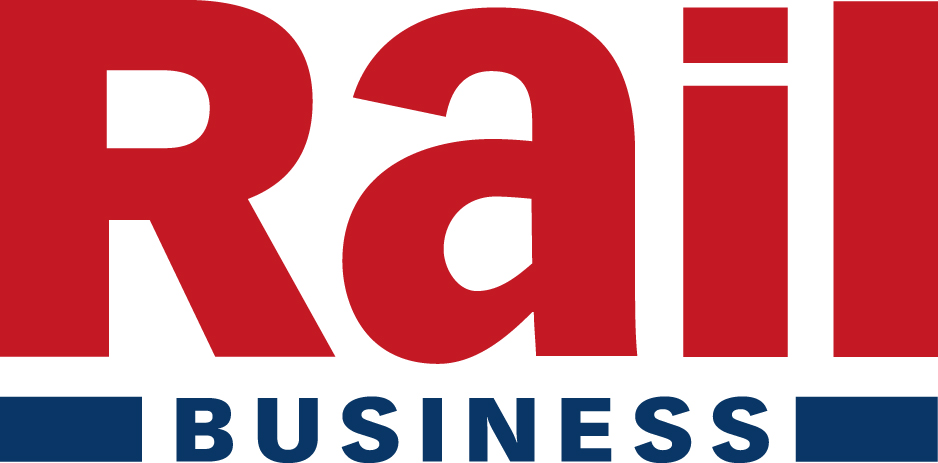Levitating trains - Nevomo reports successful tests
The Swiss-Polish start-up Nevomo claims to have levitated a vehicle over tracks for the first time. A driving speed of 135 km/h was achieved, the company announced during a press conference in Brussels, which was broadcast live on the internet. At the event, the company also showed a video of a vehicle hovering a few millimetres above the tracks. This success was achieved on the company's test track in Nowa Sarzyna, Poland.
This proves the practicality of the Magrail technology the company has developed, said Nevomo co-founder and CEO Przemek "Ben" Paczek. The company is now hoping for a quick commercialisation of its solution and is looking for more industry partners. Today, the startup is already working with companies such as SNCF, Duisport and GATX.
Nevomo did not disclose how exactly the vehicle was levitated in Nowa Sarzyna during the press conference. However, some details of the Magrail technology are known: For example, the company installs linear motors between the tracks and equips vehicles with corresponding technology to "boost" them. In Nowa Sarzyna, during the tests, it was possible to achieve a "stable hovering state" and to keep the vehicle above the tracks by means of magnetic guidance over a distance of more than 700 m, Paczek said. The vehicle accelerated from 0 to 100 km/h in eleven seconds. The hovering state started at 70 km/h. During the TRAKO Poland trade fair, which will take place shortly, Nevomo plans to provide more detailed information about its research successes. In principle, it is possible to use the Magrail technology only to boost trains - the technology that enables the train to levitate does not necessarily have to be installed.
With its Magrail technology, the start-up wants to speed up trains considerably and increase traffic density. The company's technology is based on the existing infrastructure. In long-distance passenger transport, trains should be able to reach speeds of up to 550 km/h using Magrail. For freight transport, the technology could also be interesting because trains can transport significantly more goods at the same or even higher speed.
Regarding the current costs of the system, Paczek said: "At the moment, the costs for equipping a double-track line are 6 to 7 million EUR/km - whereby only the acceleration technology is installed. If the train is also to hover, the sum would be around 9 million EUR/km. Paczek expects the first commercial version of Magrail for freight transport in 2024. (gk)




